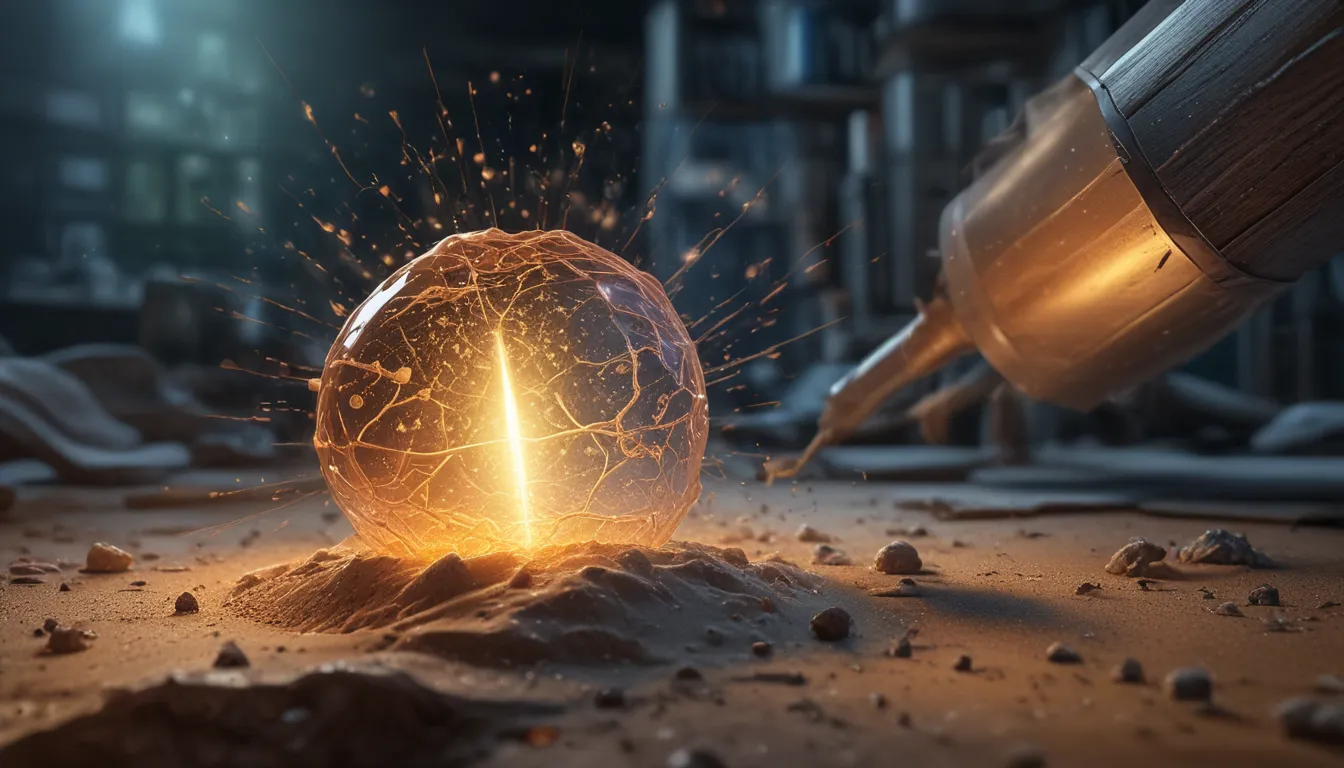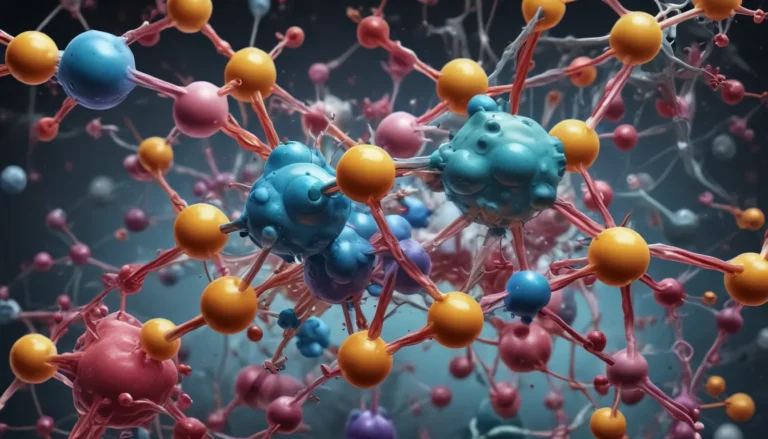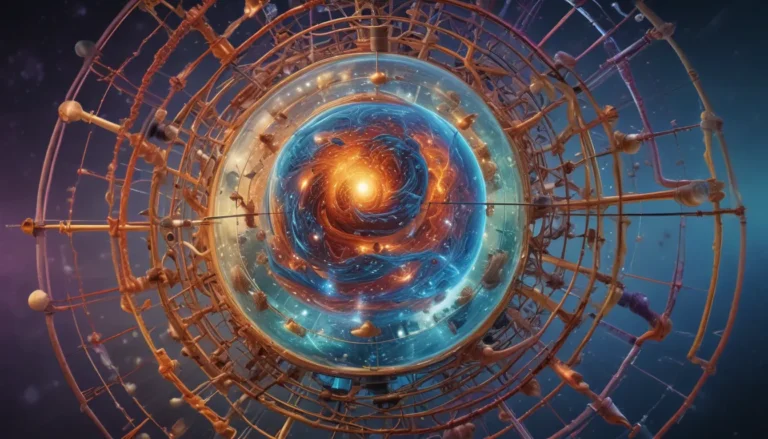A Note About Images: The images used in our articles are for illustration purposes only and may not exactly match the content. They are meant to engage readers, but the text should be relied upon for accurate information.
Raman scattering, a captivating phenomenon discovered by the brilliant Indian physicist Sir C.V. Raman in 1928, has revolutionized our understanding of the interactions between light and matter. This incredible discovery paved the way for a powerful analytical technique known as Raman spectroscopy, allowing scientists to delve into the molecular world and unravel the mysteries of matter’s structure and vibrations.
Unveiling the Secrets of Raman Scattering
Raman scattering occurs when light interacts with matter, leading to a change in wavelength. This phenomenon is based on the principle of inelastic scattering, where the photon loses or gains energy during the interaction with a molecule. Unlike elastic scattering, which does not involve energy exchange, Raman scattering offers valuable insights into the molecular structure and vibrations of materials.
The Power of Raman Spectroscopy
Raman spectroscopy, likened to a super detective tool by many, enables scientists to analyze the chemical composition of samples without the need for sample preparation or destruction. This non-destructive technique has a wide range of applications in various fields, including pharmaceuticals, forensics, environmental science, materials science, and art conservation.
Applications and Benefits of Raman Scattering
- Identification of Counterfeit Drugs: Raman spectroscopy can be used to authenticate genuine drugs by comparing their spectral fingerprint to suspected counterfeits, ensuring patient safety and drug efficacy.
- Analysis of Ancient Artifacts: By examining the Raman scattering spectrum of pigments and materials used in ancient artworks, scientists can unlock the secrets of ancient civilizations and their artistic techniques.
- Cancer Diagnosis: Raman spectroscopy aids in detecting subtle changes in tissues associated with cancer, allowing for early diagnosis and intervention.
- Real-Time Monitoring of Chemical Reactions: The intensity and frequency shifts in the Raman scattering spectrum provide valuable insights into the progress of chemical reactions, enabling real-time monitoring and optimization.
Enhancements in Raman Scattering
Surface-enhanced Raman spectroscopy (SERS) utilizes nanostructured surfaces to amplify the Raman scattering signal, enhancing sensitivity and enabling the detection of trace amounts of molecules. Plasmonic nanoparticles such as gold or silver nanoparticles further enhance Raman scattering signals, facilitating the detection of even lower concentrations of analytes.
Conclusion: A Glimpse into the World of Raman Scattering
In conclusion, Raman scattering continues to captivate scientists and researchers worldwide with its profound impact on various scientific disciplines. From its role in unraveling the molecular structure of materials to its practical applications in drug discovery, cancer diagnosis, and environmental monitoring, Raman scattering remains a powerful tool in scientific research.
As we continue to explore the intricacies of Raman scattering and its applications, we can expect to uncover even more fascinating facts and possibilities. Embrace the wonder of this phenomenon and its remarkable contributions to the world of science and technology.
FAQs
-
What is Raman scattering?
Raman scattering is a phenomenon in which light interacts with the vibrational modes of molecules, resulting in a shift in energy that provides insights into the molecular structure of materials. -
Who discovered Raman scattering?
Raman scattering was discovered by the Indian physicist Sir C.V. Raman in 1928, leading to his Nobel Prize in Physics in 1930. -
How does Raman scattering differ from other spectroscopic techniques?
Raman scattering differs from other spectroscopic techniques by measuring scattered light without the need for light absorption, making it a non-destructive and versatile tool for material analysis. -
What are some practical applications of Raman scattering?
Raman scattering has practical applications in drug discovery, forensics, environmental monitoring, art analysis, and planetary science for analyzing extraterrestrial materials. -
Are there any limitations to Raman scattering?
Raman scattering may not be suitable for materials with strong fluorescence or high scattering, and measurements may take longer compared to other techniques.
Explore the wonders of Raman scattering and enrich your scientific knowledge with its fascinating insights into the molecular world. Join us on this journey of discovery and uncover the marvels of light, matter, and the intricate interactions that shape our understanding of the universe.






